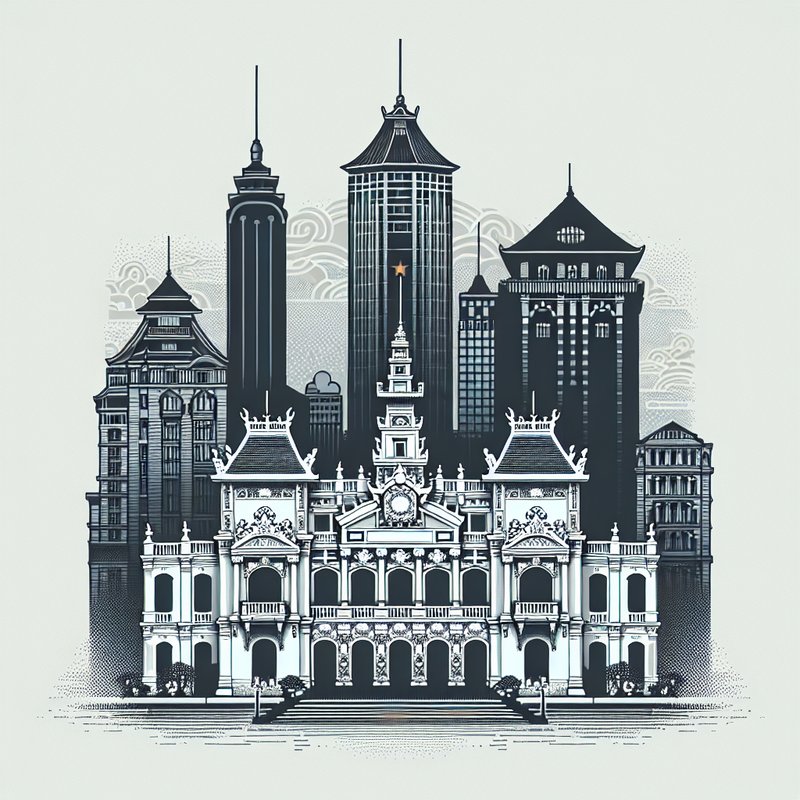Introduction to Vietnam’s Colonial Era

Vietnam’s colonial period has significantly shaped its architectural landscape, leaving behind a rich tapestry of structures that reflect the country’s complex history.
From the late 19th century to the mid-20th century, Vietnam experienced numerous waves of colonial influence, each leaving a unique imprint on its architecture.
French Colonial Architecture: Elegance and Grandeur

The French colonial era, lasting from 1887 to 1954, introduced a distinct architectural style characterized by grand facades, elaborate decorations, and a fusion of European and Vietnamese elements.
Landmark structures like the Saigon Notre-Dame Basilica, Hanoi Opera House, and Dalat’s railway station stand as testaments to this period, boasting intricate details and historical importance.
Chinese and Japanese Influences

Beyond the French, Chinese and Japanese influences also left a mark on Vietnam’s architecture, particularly in the northern regions.
Structures such as the Hoi An Ancient Town showcase a blend of colonial and traditional styles, reflecting the intercultural exchanges that took place during those times.
Preservation and Modern-Day Significance

Efforts are being made to preserve these architectural treasures, which hold immense historical and cultural value for Vietnam. These initiatives involve restoration projects funded by both the government and private sectors, aiming to maintain the structural integrity and aesthetic appeal of the buildings. Preservationists work tirelessly to address challenges such as environmental degradation and urban development pressures. By safeguarding these historical structures, Vietnam not only honors its past but also provides a tangible link to its rich and diverse heritage for future generations. These preservation efforts significantly contribute to the country’s tourism, as visitors from around the world come to appreciate and learn about Vietnam’s unique architectural legacy.
Modern-day applications and restorations ensure that these buildings continue to serve as cultural and educational landmarks for both locals and tourists.

Leave a Reply